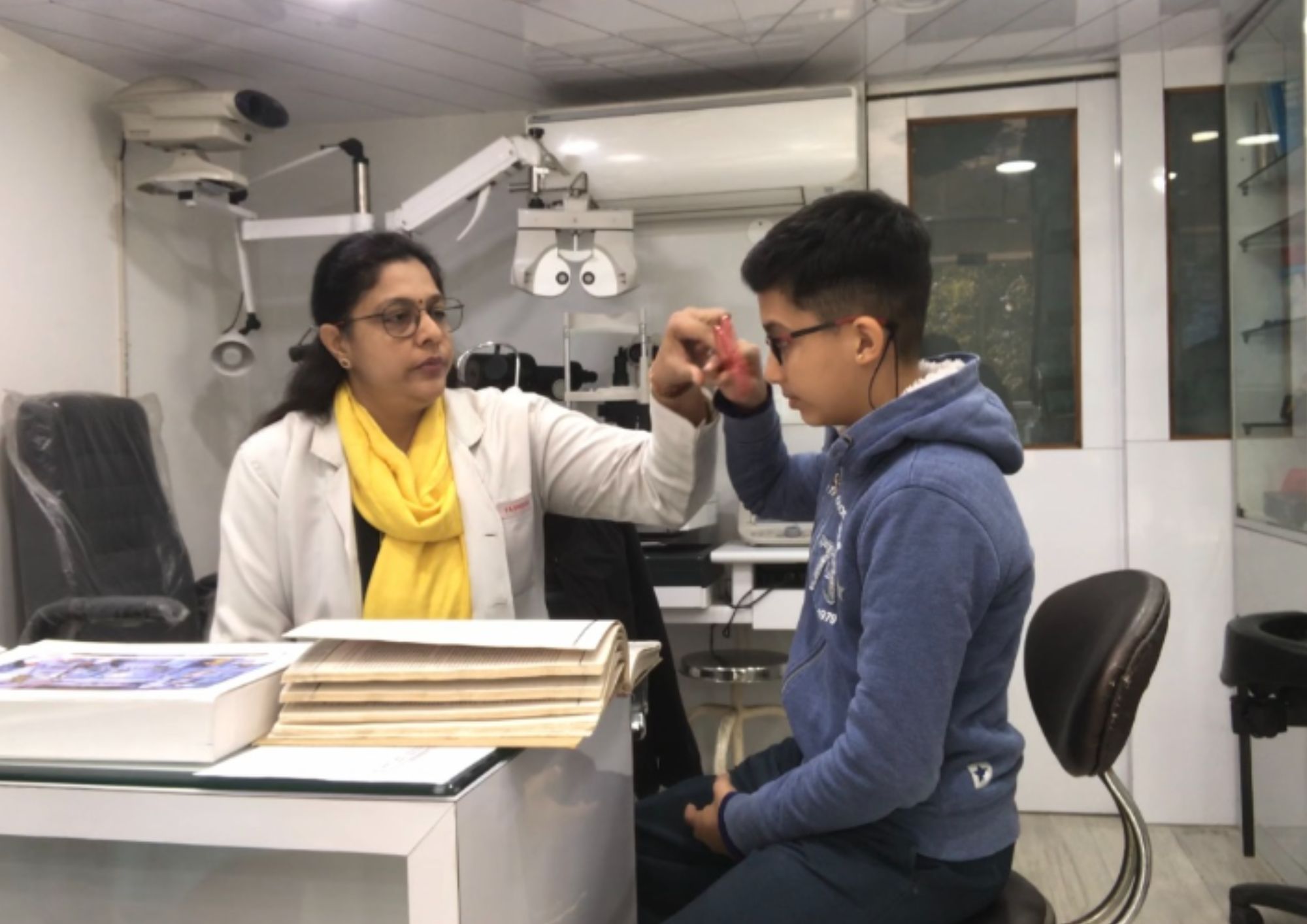Premier Eyecare Near Me: Expert Vision Services Available
The Role of Advanced Diagnostic Devices in Identifying Eye Disorders
In the world of ophthalmology, the use of sophisticated diagnostic devices has actually reinvented the early recognition and management of numerous eye disorders. As the demand for precise and timely diagnoses continues to expand, the combination of advanced devices like optical comprehensibility tomography and visual area testing has become essential in the world of eye treatment.
Significance of Very Early Diagnosis
Very early medical diagnosis plays a critical duty in the effective administration and therapy of eye disorders. Timely identification of eye problems is crucial as it enables punctual intervention, potentially stopping more progression of the illness and decreasing long-term problems. By identifying eye disorders at an onset, doctor can provide proper therapy strategies customized to the specific condition, ultimately causing far better end results for patients. Very early medical diagnosis enables patients to access necessary assistance solutions and sources quicker, enhancing their total top quality of life.

Innovation for Discovering Glaucoma
Cutting-edge analysis modern technologies play an important duty in the very early detection and tracking of glaucoma, a leading cause of irreversible loss of sight worldwide. Another innovative tool is aesthetic field testing, which maps the level of sensitivity of a client's visual area, aiding to spot any kind of areas of vision loss attribute of glaucoma. These sophisticated diagnostic devices make it possible for ophthalmologists to diagnose glaucoma in its very early phases, allowing for timely intervention and far better management of the illness to prevent vision loss.
Function of Optical Comprehensibility Tomography

OCT's ability to measure retinal nerve fiber layer density permits exact and objective measurements, assisting in the early detection of glaucoma also prior to aesthetic field issues come to be obvious. Additionally, OCT technology permits longitudinal tracking of structural modifications gradually, promoting personalized treatment strategies and timely interventions to assist maintain clients' vision. The non-invasive nature of OCT imaging additionally makes it a preferred choice for keeping track of glaucoma development, click here now as it can be repeated frequently without creating pain to the patient. Generally, OCT plays a critical role in enhancing the diagnostic accuracy and management of glaucoma, ultimately adding to better outcomes for individuals in jeopardy of vision loss.
Enhancing Diagnosis With Visual Area Testing
An essential part in detailed sensory assessments, visual field testing plays a pivotal duty in improving the analysis procedure for different eye disorders. By assessing the complete level of a client's visual field, this test gives critical info concerning the practical integrity of the whole visual path, from the retina to the aesthetic cortex.
Visual area screening is particularly beneficial in the diagnosis and administration of problems such as glaucoma, optic nerve conditions, and different neurological illness that can impact vision. Through measurable measurements of outer and central vision, clinicians can find subtle adjustments that discover here may suggest the existence or progression of these conditions, even prior to recognizable symptoms occur.
Moreover, visual area testing enables the tracking of therapy efficacy, assisting eye doctors tailor healing interventions to specific patients. eyecare near me. By tracking adjustments in aesthetic field efficiency over time, doctor can make enlightened decisions regarding readjusting medications, suggesting medical interventions, or applying other ideal steps to preserve or enhance a person's aesthetic function
Managing Macular Degeneration

Conclusion
In final thought, advanced diagnostic tools play an important function in determining eye disorders beforehand. Technologies such as Optical Comprehensibility Tomography and aesthetic field testing have actually substantially boosted the precision and effectiveness of identifying conditions like glaucoma and macular degeneration. Early detection permits prompt intervention and monitoring of these conditions, ultimately resulting in better outcomes for people. It is imperative for healthcare experts to stay updated on these advancements to offer the ideal possible take care of their individuals. click here to read eyecare near me.